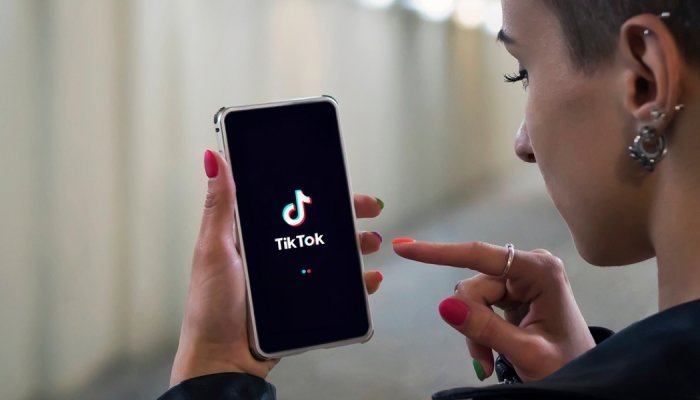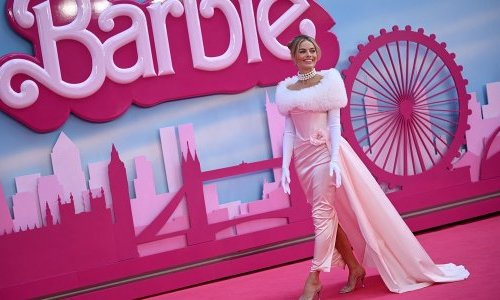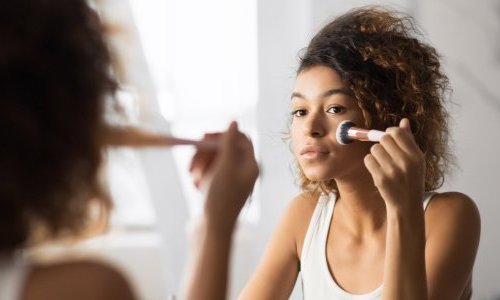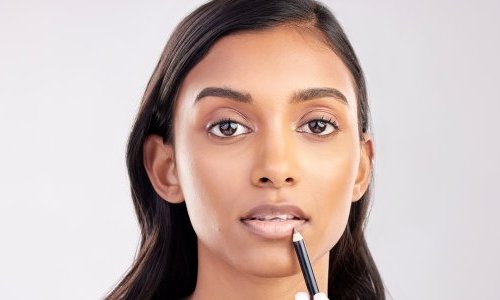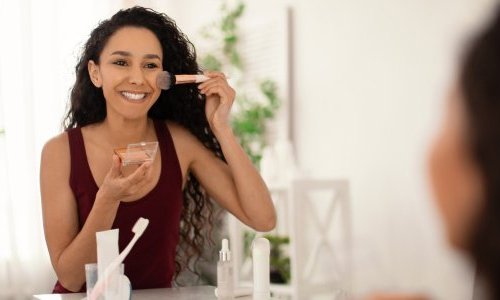Far from the dreamy and fantasised universe often put forward by brands, on TikTok, content creators openly talk about perfumes, often with marked opinions, and make fun of the supposed seductive powers of juices. They describe with a great deal of spontaneity and authenticity the scent, the colour, they share childhood memories, and sometimes stories (hashtag #perfumehistory has nearly five million views), far from the codes of the category, disregarding traditional segmentations and traditional retailing channels.
Perfume as a visual experience
TikTok’s video format takes perfume into a new visual universe with bottles put forward by content creators who are in constant competition and completely disconnected from brand communication issues. Under the hashtags related to perfume, there are mostly videos of reviews of various fragrances, highlighting their key notes and the praises or successes they brought to the nose or the creator of the video. There are also a number of Top 5s and Top 10s along with every possible type of ranking.
One of the recent trends is to display one’s perfume collection in a video: the hashtag #perfumecollection has now reached 373 million views! Hence, many users like to share their passion for perfume and present, bottle after bottle, their collection, or show their collections, with products sometimes classified according to the shade of the bottle or the juice.
Colour plays a key role in this media where attention must be caught in a few seconds. It’s not surprising after all that TikTok likes red, which gives videos an immediate sparkle! Tom Ford’s "Lost Cherry" (18.3 million views), Givenchy’s "L’Interdit Rouge", Jo Malone’s "Scarlet Poppy" (11k views) and Baccarat’s "Rouge 540" (194.3 million views) are all widely promoted by the platform’s active perfume fans. This is also the reason for the success of perfumes with sculptural and spectacular bottles, such as those by Paco Rabanne or Carolina Herrera.
TikTok is also bringing miniatures back into fashion, with 3.4 million views for the hashtag #MiniaturePerfumes. This is an opportunity for users to highlight their favourite miniature vials.
TikTok conveys emotions
The power of the social network can also help reshuffle the deck in a world where brand awareness is a major asset. As in other beauty categories, a video that goes viral with powerful emotional content can boost sales of an otherwise unknown fragrance. One of the most famous examples being the sudden success of Missing Person, from the US brand Phlur, created by influencer Christelle Lim.
On TikTok, unlike most commercials, the focus is on the scents and - above all - the impact they produce. People talk about the emotions they trigger, the memories they bring to mind, the substances they recall. Perfume ingredients are more rarely mentioned, except when they clearly emerge from the fragrance.
TikTok promotes new practices
The social network has also become an important vector for the dissemination of new gestures. The most striking example is certainly that of layering. Common in the Middle East, this practice - which consists of applying layers of different perfumes - has long struggled to spread to other markets.
On TikTok, the hashtag #layeringperfumes now has more than 363 million views, and is teeming with videos of users revealing their current combinations, like @rebeccazeidenberg94, who suggests, for example, combining for an evening, two drops of Shaghaf Oud, by Swiss Arabian, with a spray of L’Interdit Rouge by Givenchy. The same female tiktoker also proposes to combine one’s fragrances with vintage handbags...
Gen Z in search of dupes
But TikTok is not only disrupting the category’s traditional communication and practices. On their favourite network, the Gen Z is also on the hunt for perfume "dupes" (i.e. duplicates, products with characteristics similar to those of other more expensive products). The hashtag #perfumedupes has crossed the 114 million views mark. For instance, a significant number of videos with tens of millions of views compare certain perfumes from Zara with the much more expensive products of selective perfumery brands.
A trend that can only encourage the common - and often criticised - practice in the perfumery world of using best-selling juices as inspiration to launch similar fragrances. But on this subject, where there is a fine line between inspiration and imitation, comparison and parasitism, and where the industry has for years fought the practice of correlation tables, brands are both cautious and suspicious: delighted when they benefit from a flattering comparison, much less when their sales suffer from it.
However, the craze for perfume dupes should not lead us to believe that investment in innovation, creativity and brand image has become futile. The perfume story on TikTok serves as a reminder of the extent to which emotion is a powerful sales vector, and that it must above all be based on values of sincerity and authenticity.

